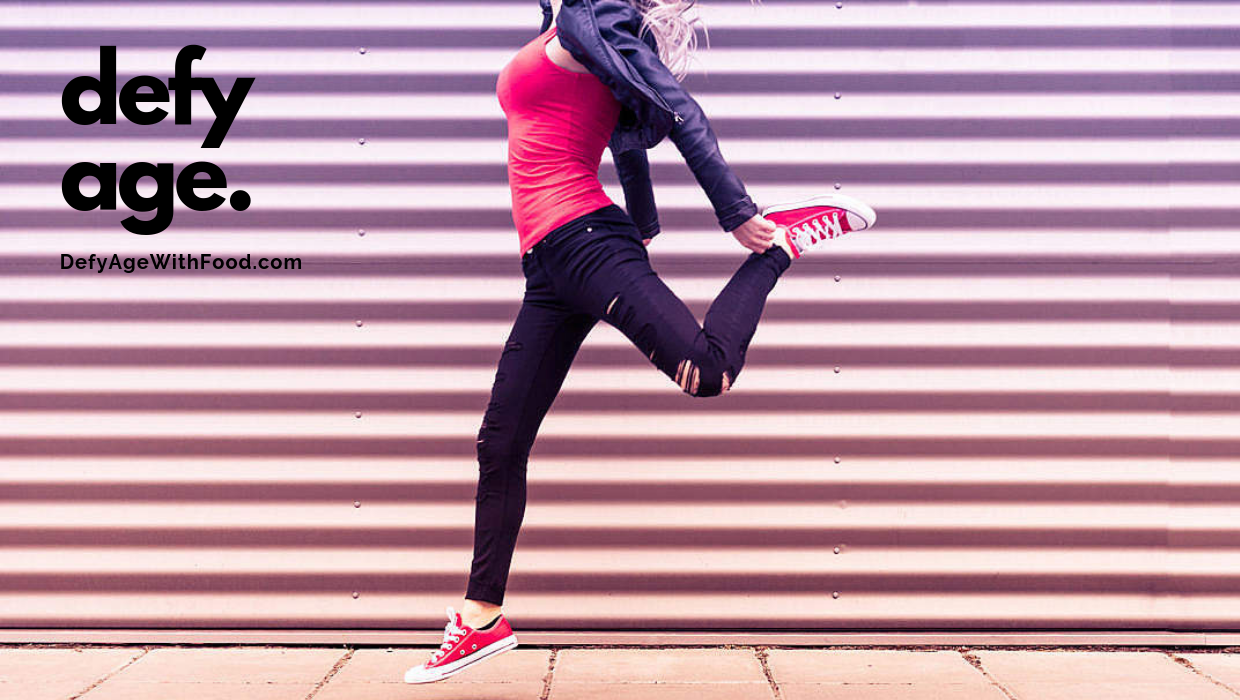I recently saw a quote illustrating that things are not always what they seem. It went something like this, “Be careful, things are not always what they appear to be, even salt looks like sugar”. I believe the author was referring to dealing with other people, but the saying got me thinking.
Sugar is hidden in so many foods, such as include tomato sauce, fat free dressing, tonic water, yogurt, crackers, bread just to name a few. Sugar is often found in items that are touted as healthy or good for us. Why? Sugar is an addictive substance, one that we often turn to for that afternoon pick me up, as a stress reliever or energy inducer. It may help us feel better briefly, but there is a definite downside. Actually, there are several downsides to processed sugar consumption, here are a few:
Sugar and weight gain
The lack of other nutrients in sugar makes it easy to eat without the physical effects necessary to signal our brain that we’re getting full. Sugar is a nutritionally valueless carbohydrate that gives you nothing but calories. Foods rich in protein, fat and fiber produce a feeling of fullness, sugar calories are ’empty’ and don’t give the feeling that you’ve had enough. For example, have you ever eaten a whole bag of jelly beans, licorice or a package of those fat free cookies and still be ready to go to dinner?
These empty calories allow for easy excessive sugar consumption without even really realizing it. Studies suggest that the average American is consuming around 500 EXTRA calories per day from sugar alone. If the extra 500 calories per day is not offset by enough physical exercise to burn it off, you are setting yourself up for gaining a pound a week! Yes, a pound a week!
Here are some examples of where your extra sugar calories may be found:
Starbucks Grande Iced Latte has 28 grams of sugar – that’s equal to 2 1/2 Krispy Kreme donuts
Arizona Green Tea has 51 grams of sugar – that’s equal to 20 Hershey Kisses
Coca Cola, 20 oz., has 65 grams of sugar – that’s equal to 5 Little Debbie Swiss Rolls
When we eat candy, we expect to consume sugar. It’s important to read the label before eating candy, here are a few examples:
3 Musketeers bar has 60 grams of sugar – that’s equal to 10 teaspoons of sugar
Hershey’s Milk Chocolate bar has 43 grams of sugar – that’s equal to 6 teaspoons of sugar
Twix bar has 50.7 grams of sugar – that’s equal to 6 teaspoons of sugar
Be diligent reading labels on processed foods and choose natural sugars, such as dates, fruits, vegetables, beans, nuts and whole grains which contain simple sugars. When simple sugars are naturally found in whole food, they come with vitamins, minerals, protein, phytochemicals and fiber. Remember, the presence of fiber makes a big difference because it helps you feel full and slows down the absorption of sugar, which moderates its impact on blood sugar. Natural sugar in whole food is good sugar.
When any type of sugar is added to foods during processing, cooking or at the table, you consume calories without any nutrients or fiber. This type of sugar, called added sugar, is bad sugar.
The effects of sugar consumption on our skin and body are so numerous and dramatic that it cannot be addressed in one article, therefore this is the first in a series of articles on sugar. I hope you will check back as we take an in depth look at sugar and what we can do to improve our health and appearance by watching our sugar intake.
Bobbi



